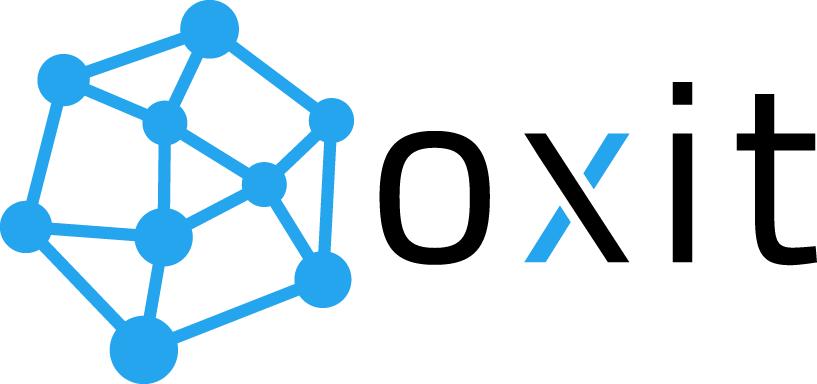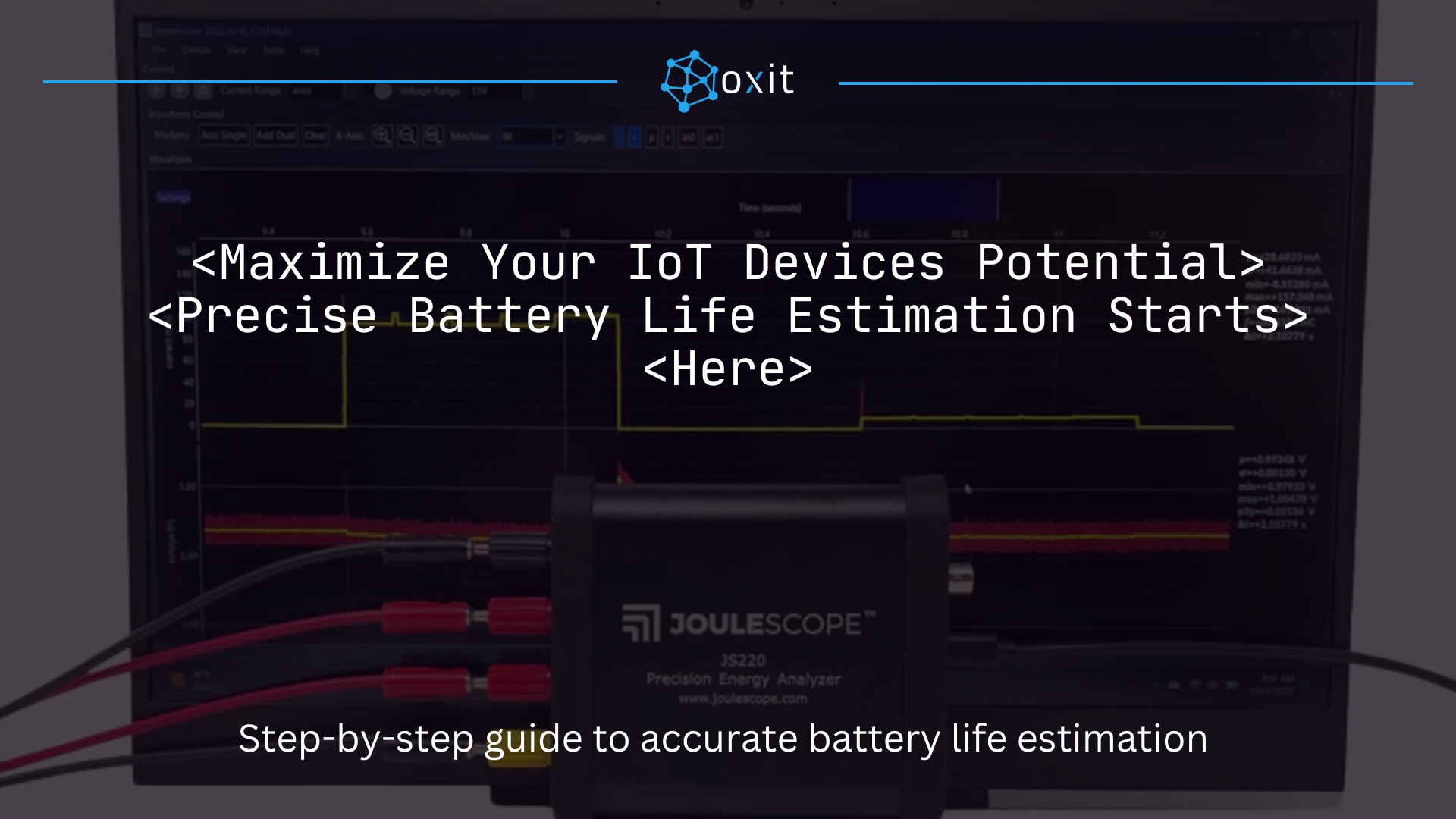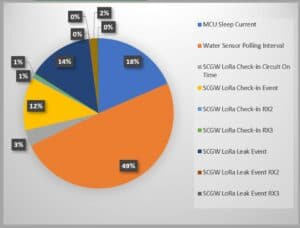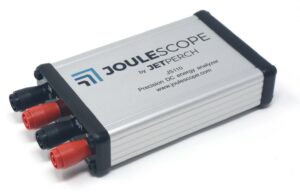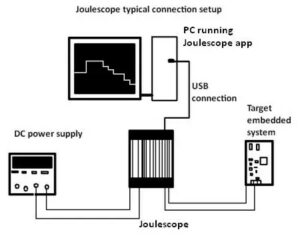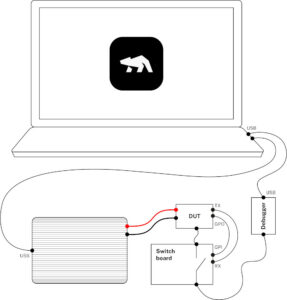Mastering Battery Life Estimation for IoT Devices: Practical Insights & Tools
Deploying IoT devices at scale isn’t just about getting them up and running—it’s about keeping them running efficiently over time. One of the biggest challenges? Battery life. Every extra day your device operates without needing maintenance can be the difference between a successful project and costly setbacks.
This guide is designed to help you overcome that challenge by breaking down the core factors that influence battery life in IoT devices. We’ll walk you through practical methods of estimation, discuss tools that simplify the process, and share insights from Oxit’s proprietary Battery Estimation Tool.
Key Factors Impacting Battery Life in IoT Devices
“Battery life isn’t a one-size-fits-all scenario—it’s a balancing act. Multiple components in your IoT device can either extend its lifespan or drain its power faster than expected. To understand the full picture, you need to look at the key factors influencing battery consumption.”
The Triple Constraints: A Delicate Dance of Power Management
Managing battery life in IoT devices is like conducting an orchestra—each component needs to be perfectly in sync to avoid draining power unnecessarily. Even if each element is optimized individually, it’s the interaction between these elements that determines true efficiency.
For example:
- Microcontrollers (MCUs): Timing when the MCU enters low-power modes can prevent unnecessary energy use.
- Transceivers: Managing transmission power and frequency ensures efficient data transfers.
- Sensors: Polling intervals need to be adjusted to balance data accuracy with energy conservation.
While this guide includes examples from LoRaWAN technology, these principles are applicable to other IoT protocols, such as BLE, Zigbee, and cellular IoT.
Transceiver Power Consumption Across IoT Protocols
The communication module in IoT devices is a significant contributor to power consumption. Here’s how it varies:
- LoRaWAN: Features like spreading factor (SF) and bandwidth (BW) determine how much power is used for long-range transmissions.
- BLE: Power usage depends on connection intervals and data advertising frequency.
- Cellular IoT: Modes like eDRX (Extended Discontinuous Reception) and PSM (Power Saving Mode) help conserve energy.
The goal is to balance connectivity needs with energy efficiency, regardless of the protocol.

Microcontroller Power Management
The microcontroller is the brain of your IoT device. Managing its operational modes can significantly extend battery life:
- Active Mode: Fully operational and consuming maximum power.
- Sleep Mode: Reduced activity with quick wake-up times.
- Deep Sleep Mode: Minimal power usage for long idle periods.
- Shutdown Mode: Essential components remain active while everything else is off.
These modes are standard across most IoT technologies, making efficient usage critical to device longevity.
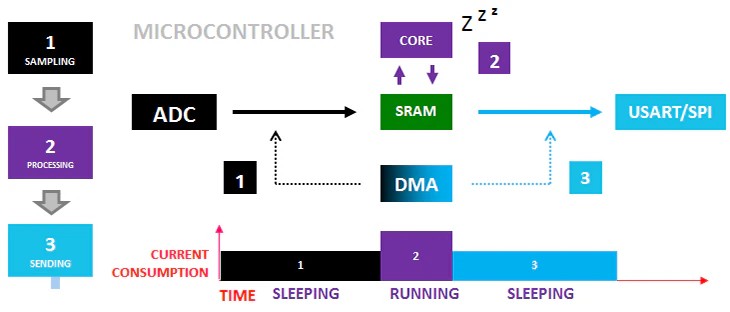
Sensor Power Consumption and Polling Intervals
Sensors, which act as the eyes and ears of IoT devices, can drain significant power if not managed well. Key considerations include:
- Polling Intervals: Reducing how often sensors collect and send data can save power without compromising functionality.
- Power States: Use low-power or sleep states for sensors when not actively collecting data.
Duty Cycle and Power-Saving Modes
The duty cycle—the balance between active and low-power states—plays a critical role in battery efficiency. For example:
- Class A IoT Devices (e.g., LoRaWAN): Most power-efficient, opening receive windows only briefly after transmissions.
- Class B/C IoT Devices: Consume more power due to frequent or continuous communication.
Battery Life Estimation: Tools and Techniques
Once you understand the factors affecting power consumption, the next step is to estimate battery life in real-world deployments.
Step 1: Gather Key Component Specifications
Collect specifications for:
- Battery Capacity: Measured in milliamp-hours (mAh).
- Current Consumption: Power usage in different modes for the transceiver, MCU, and sensors.
Step 2: Calculate Total Average Current Consumption
To estimate the total average current consumption ($I_{\text{avg}}$), consider the current drawn by the device in each mode ($I$) and the fraction of time spent in that mode ($T$).
$I_{\text{avg}} = (I_{\text{active}} \times T_{\text{active}}) + (I_{\text{sleep}} \times T_{\text{sleep}}) + (I_{\text{deep_sleep}} \times T_{\text{deep_sleep}}) + (I_{\text{shutdown}} \times T_{\text{shutdown}})$
Where:
- $I_{\text{active}}, T_{\text{active}}$: Current and time fraction in active mode.
- $I_{\text{sleep}}, T_{\text{sleep}}$: Reduced power consumption when the microcontroller pauses most activities but can wake quickly.
- $I_{\text{deep_sleep}}, T_{\text{deep_sleep}}$: Current and time fraction when components operate minimally, only waking up for critical tasks.
- $I_{\text{shutdown}}, T_{\text{shutdown}}$: The device’s lowest power state, drawing minimal current.
Step 3: Estimate Battery Life
Calculate battery life using:
$\text{Battery Life} = \frac{\text{Battery Capacity (mAh)}}{I_{\text{avg}} (mA)}$
Step 4: Experimental Validation
Test real-world scenarios to compare theoretical estimates with actual performance. Simulate conditions like temperature variations and fluctuating workloads.
Tools for Battery Life Estimation
Several tools simplify the process of estimating IoT battery life:
- Oxit’s Battery Estimation Tool: Designed for IoT and adaptable to all IoT protocols.
- Otii Arc: Measures current and voltage for precision power analysis.
- Joulescope: Optimizes device energy efficiency with comprehensive power profiling.
Conclusion: Optimizing IoT Battery Life Across Protocols
Whether you’re deploying devices using LoRaWAN, BLE, Zigbee, or cellular IoT, understanding and optimizing battery consumption is critical for long-term success. Oxit’s expertise and tools provide actionable insights to reduce maintenance costs and ensure your devices run efficiently for years to come.
Ready to master IoT battery life? Contact us at Oxit to learn how our solutions can transform your IoT deployments.

